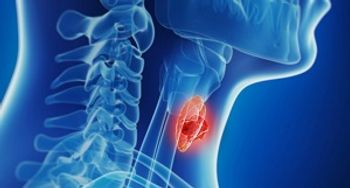
A preliminary study discussed how a vaccine regimen stimulated dendritic cells to attack tumors, which could point to a new way of making immunotherapy effective in cancers that have proved resistant to treatment thus far.

A preliminary study discussed how a vaccine regimen stimulated dendritic cells to attack tumors, which could point to a new way of making immunotherapy effective in cancers that have proved resistant to treatment thus far.
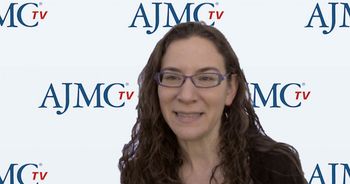
Because brentuximab vedotin is so effective in the relapsed and refractory setting, there has been a lot of excitement around assessing the treatment earlier in Hodgkin lymphoma, explained Alison J. Moskowitz, MD, medical oncologist, clinical director, lymphoma inpatient unit, Memorial Sloan Kettering Cancer Center.
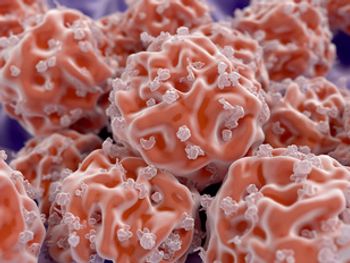
Two abstracts presented at the Transplantation and Cellular Therapy Meetings analyzed the detection of minimal residual disease during and after hematopoietic stem cell transplantation.

Alison J. Moskowitz, MD, medical oncologist, clinical director, lymphoma inpatient unit, Memorial Sloan Kettering Cancer Center, discusses how the standard of care for Hodgkin lymphoma varies based on several different factors.

Patients with hematologic malignancies often receive intensive care at the end of life (EOL), but new research has demonstrated that hospice services and palliative care are associated with significantly improved EOL care quality.

Among older patients with non-Hodgkin lymphoma receiving myelosuppressive chemotherapy, use of primary prophylaxis with granulocyte colony-stimulating factor (G-CSF) increased significantly over the past 20 years.
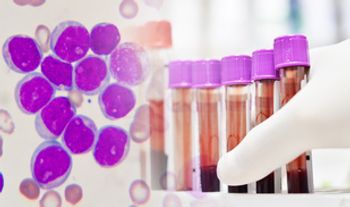
The approval marks the first non-chemotherapy combination regimen for the treatment of patients with chronic lymphocytic leukemia (CLL).

Updates from the annual ASH meeting, December 2018.

Updates from the annual ASH meeting, December 2018.
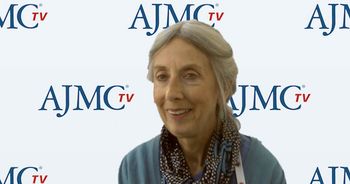
Patients with Down syndrome are at an increased risk for developing leukemia, but how much of an increased risk depends on age, explained Irene Roberts, MD, professor of pediatric hematology, MRC molecular hematology unit and pediatrics, MRC Weatherall Institute of Molecular Medicine.

While several associations between constitutional syndromes, such as Down syndrome, and predisposition to cancers have been recognized, recommendations for surveillance or clear association between the 2 are lacking.

A study has found no evidence that bleomycin plus granulocyte-stimulating factor (G-CSF) increases the risk for bleomycin-induced pulmonary toxicity in patients with Hodgkin lymphoma.

Research at the University of Washington is exploring the possibility of triggering one gene to take over the function of another with a common mutation that triggers acute lymphoblastic leukemia.
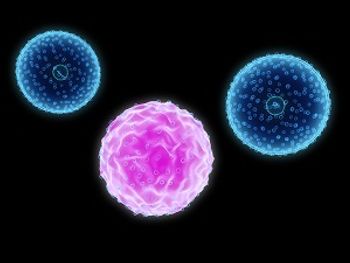
The dual inhibitor first blocks 2 kinases that are known to aid the growth of malignant B cells, and then it disrupts the microenvironment that supports tumor growth.

Cancer-regenerating cells that arise after chemotherapy have been identified as a new type of cancerous cell that is responsible for the return of acute myeloid leukemia (AML) after remission.

As cure rates for young patients with Hodgkin lymphoma (HL) improve, the historically negative impact of treatments has to be considered. However, a new study has found that over time, childbearing rates for female survivors of HL have improved to the point of approaching the rates of the general population.

A blood test that tracks the rise and fall of circulating tumor DNA (ctDNA) levels can predict how patients with diffuse large B-cell lymphoma will respond to therapy within days of starting treatment.
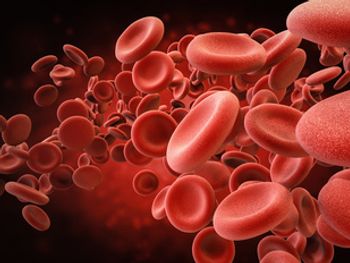
A progress report from the Leukemia & Lymphoma Society highlighted policy measures that have eased the burden on patients, but also noted where more work is needed.
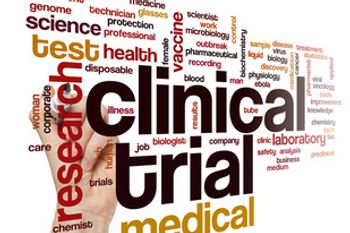
Advances in Hodgkin lymphoma treatment has led to high survival rates, but adolescents and young adults, who represent the largest age group affected by the disease, face lifelong morbidities from clinical trials. New analytic methods could help inform future protocol changes.
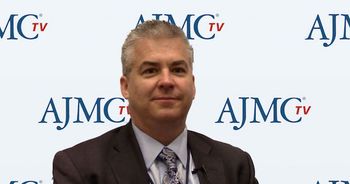
Michael Thompson, MD, PhD, FASCO, Aurora Advanced Healthcare, outlines novel therapies being used in the treatment of hematologic malignancies and identified biomarkers for deciding on a treatment approach.
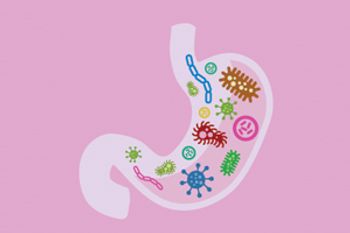
A stem cell mutation that leads to bacterial translocation may help identify patients at risk of developing leukemia.

"It is time for patients to have more control over what is prescribed to them and technologies like chemoWave are giving them that power." A cancer diagnosis leads to chemoWave, an app for recording patient-reported outcomes.

An experimental drug for patients with acute myeloid leukemia (AML) with mutations in the gene encoding isocitrate dehydrogenase 1 (IDH1) was found to be safe with durable remissions.
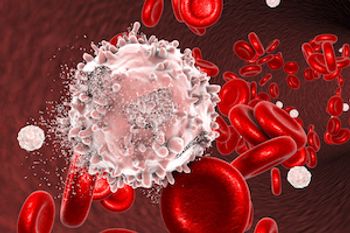
Two abstracts presented at the International Society of Pharmacoeconomic and Outcomes Research Annual International Meeting highlighted patient experiences in blood cancers. One highlighted the worries of patients with acute myeloid leukemia, and the other analyzed economic burdens and resource utilization for patients with non-Hodgkin lymphoma.

A phase 3 study, conducted by the Children’s Oncology Group among children and young adults between ages 1 and 30 diagnosed with T-cell acute lymphoblastic leukemia or T-cell lymphoblastic leukemia, has found a 90% survival rate at 4 years posttreatment initiation—84% of these patients were declared cancer free at that point in their treatment trajectory. Results from this study will be presented at the 2018 American Society of Clinical Oncology Annual Meeting, June 1-5, in Chicago, Illinois.

259 Prospect Plains Rd, Bldg H
Cranbury, NJ 08512
© 2025 MJH Life Sciences®
All rights reserved.
